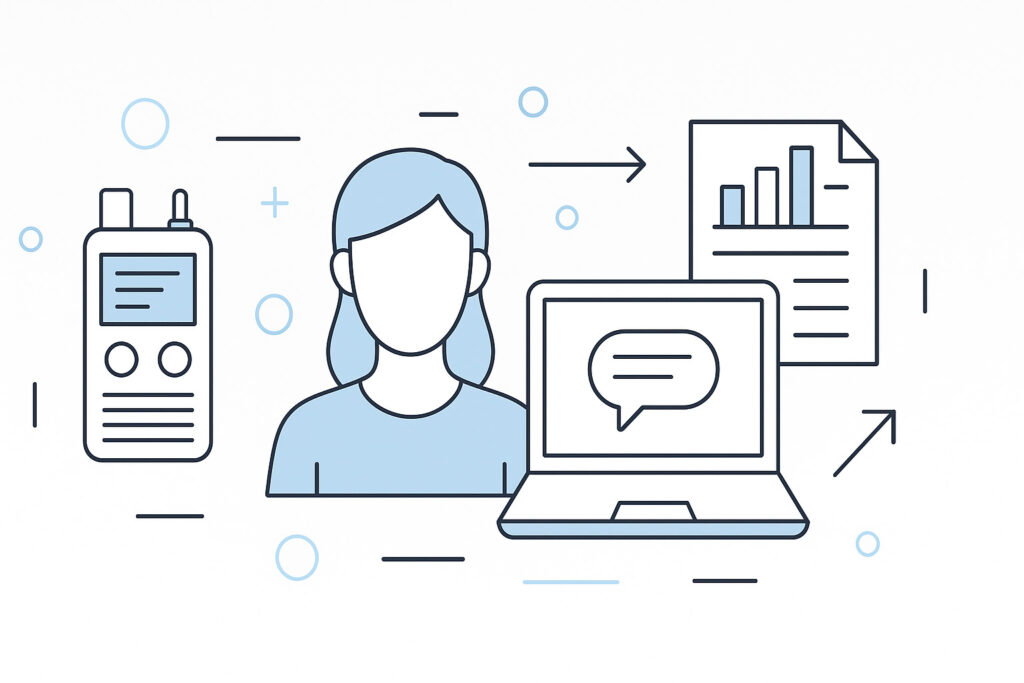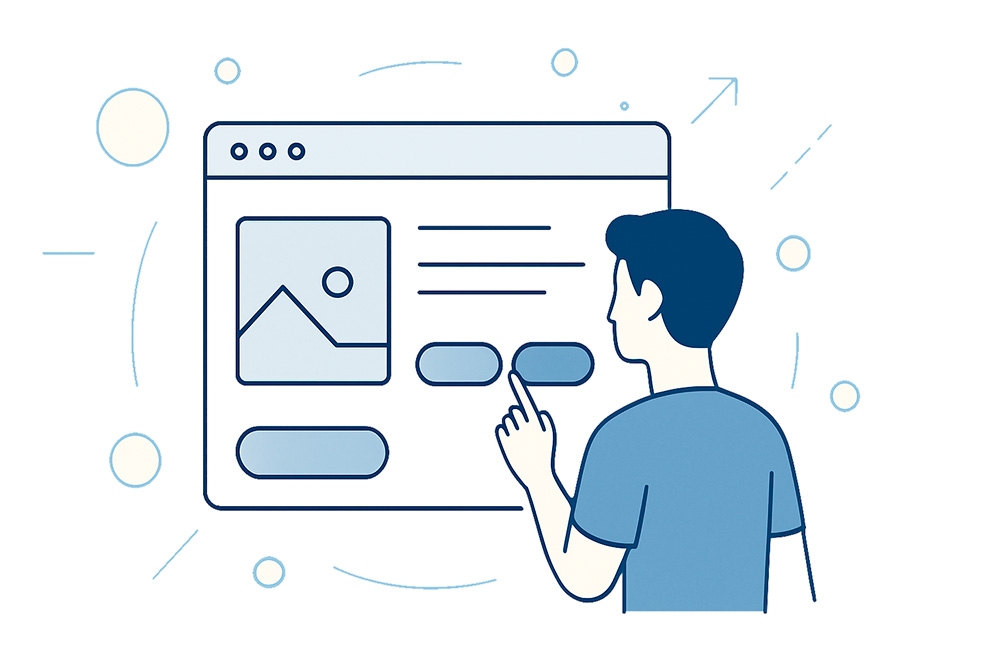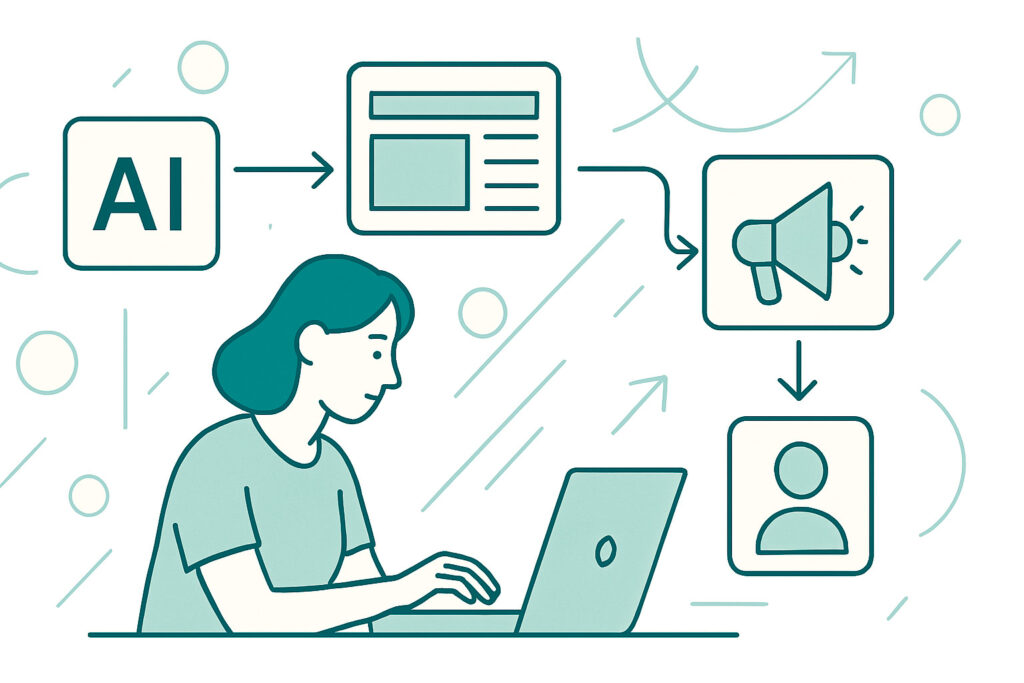You’ve got a brilliant SaaS idea brewing in your head. The problem feels real, the solution seems obvious, and you’re itching to start coding. But here’s the million-dollar question: how do you know people will actually pay for what you’re planning to build?
Smart SaaS founders validate first, build second. And there’s one validation method that’s both profitable and incredibly revealing: creating an online course around your future product’s core value proposition.
Why Online Courses Are Perfect for SaaS Validation
Think about it. Your SaaS product solves a specific problem by automating or streamlining a process. An online course teaches people how to solve that same problem manually. This creates a perfect validation opportunity.
When you teach the manual process, you’re essentially selling the outcome your SaaS will eventually deliver automatically. If people pay to learn the hard way, they’ll definitely pay for the easy way.
Plus, you get something most validation methods can’t offer: paying customers who become your ideal beta testers and provide detailed feedback about their pain points.

The Course-to-SaaS Validation Framework
Step 1: Define Your Core Value Promise
Start by crystallizing what your SaaS will do in one clear sentence. For example: “My SaaS will automatically optimize Facebook ad campaigns for e-commerce stores.”
Now flip that into a teaching opportunity: “I’ll teach e-commerce store owners how to manually optimize their Facebook ad campaigns for maximum ROI.”
Your course topic becomes your value proposition test. If you can’t get people excited about learning the manual process, you’ll struggle to sell them the automated solution.
Step 2: Build Your Online Course Content as Market Research
Every module you create is a validation exercise. When you structure your course, you’re mapping out your SaaS features. When you explain complex processes, you’re identifying automation opportunities.
LearnWorlds makes this research phase incredibly valuable for SaaS founders. Their interactive video features let you add clickable elements, quizzes, and surveys directly into your lessons. You can track exactly where students struggle, which concepts they replay, and what questions they ask most frequently.
This behavioral data becomes your product roadmap. High replay rates indicate complex processes ripe for automation. Frequent questions reveal feature gaps. Student struggles highlight your SaaS’s core value proposition.
Step 3: Write Course Copy That Tests Your SaaS Messaging
Your online course sales page is essentially your future SaaS landing page in disguise. You’re selling the same transformation, just through education instead of automation.
Use this opportunity to test different value propositions, headlines, and benefit statements. Track which messaging resonates most with your target audience. The copy that converts course students will likely convert SaaS customers.
Focus on outcome-driven headlines like “Master Facebook Ad Optimization in 30 Days” rather than feature-focused ones. If “Master” converts better than “Learn,” you know your SaaS audience values expertise and results over basic knowledge.
Step 4: Build Your Email List While Researching Pain Points
Smart online course creators build email lists before launching. You should too, but with a SaaS validation twist.
Create lead magnets that directly relate to your future product. If you’re planning a social media scheduling SaaS, offer a “30-Day Content Calendar Template.” If you’re building project management software, create a “Team Productivity Audit Checklist.”
Use LearnWorlds’ built-in email marketing tools to nurture these leads with valuable content while subtly surveying their biggest challenges. Ask questions like: “What’s the most time-consuming part of your current process?” and “If you could automate one task, what would it be?”
Their answers become your feature prioritization list.
Step 5: Pre-Sell Your SaaS Through Course Upsells
Here’s where validation gets exciting. Once students complete your course, they’ve proven they value the outcome you provide. They’ve also experienced firsthand how manual and time-consuming the process can be.
This is your perfect moment to gauge SaaS demand. Survey course graduates about their interest in an automated solution. Better yet, create a waiting list with a small deposit to measure genuine purchase intent.
LearnWorlds’ certificate and gamification features help you identify your most engaged students – these are your ideal early adopters and beta testers.
Choosing the Right Platform for SaaS Validation

Not all online course platforms are created equal for SaaS validation purposes. You need robust analytics, flexible content options, and seamless integration capabilities.
LearnWorlds stands out for SaaS founders because of its advanced tracking and interactive features. Their Social Learning Network lets you create a community around your course, giving you direct access to student discussions about their challenges and needs.
The platform’s white-label options also mean you can build your course under your future SaaS brand, creating consistency between your validation phase and eventual product launch.
Most importantly, LearnWorlds integrates with popular email marketing tools and CRMs via Zapier and webhooks, letting you seamlessly transition course students into your SaaS marketing funnel.
Turning Course Insights Into SaaS Features
Your course analytics reveal exactly what your SaaS should automate. Here’s how to interpret the data:
High Drop-off Points: These indicate processes that are too complex or time-consuming manually. Prime automation candidates.
Most Replayed Sections: Students struggle here, meaning your SaaS needs to make these steps foolproof.
Popular Discussion Topics: Community conversations reveal unmet needs and feature requests.
Completion Rates: Low completion might indicate the process is too lengthy – perfect justification for automation.
Student Success Stories: These become your SaaS case studies and testimonials.
From Course Creator to SaaS Founder
Once you’ve validated demand through your course, you have several advantages over founders who build blindly:
You understand your customers’ exact pain points. You have proven messaging that converts. You’ve built an engaged audience of potential early adopters. You have revenue flowing in while you build your SaaS.
Most importantly, you have paying customers who trust you to solve their problems. When you’re ready to launch your SaaS, you’re not starting from zero – you’re graduating from teacher to automated solution provider.
Getting Started Today
Don’t wait for perfect course content. Start with your minimum viable course – maybe just 3-5 lessons covering the core process your SaaS will automate.
Use LearnWorlds’ free trial to build and test your initial content. Their drag-and-drop course builder means you can have a basic course live within days, not weeks.
Remember, your goal isn’t to become a full-time course creator. It’s to validate your SaaS idea profitably while building the audience and insights you need for a successful product launch.
Key Takeaways
- Validate through teaching: If people won’t pay to learn the manual process, they won’t pay for automation
- Use course content as market research: Student behavior data reveals exactly what your SaaS should automate
- Test SaaS messaging through course copy: Your course sales page is your SaaS landing page in disguise
- Build your early adopter list: Course students become ideal beta testers and first customers
- Turn course analytics into feature prioritization: Drop-off points and replay data guide product development
- Choose a platform with robust analytics: LearnWorlds provides the tracking and community features SaaS founders need
- Start small and iterate: Launch with minimum viable course content to begin validation immediately
- Maintain brand consistency: Use white-label options to build recognition for your future SaaS brand



